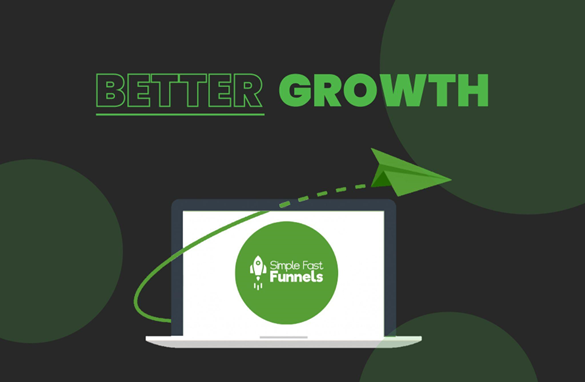A marketing funnel shows the journey your customer takes with your business. It starts from when they first hear about you, leading all the way to when they make a purchase.
Marketing funnels map out this journey and help you understand how to turn someone from a visitor into a buyer. By looking at your funnel, you can see what needs to be done at each step to guide your customer toward buying.
You can improve sales, build customer loyalty, and increase brand awareness with simple, fast funnels. Careful analysis of your funnel helps you grow more efficiently.
The Evolution of the Marketing Funnel
At the end of the 20th century, Elias St. Elmo Lewis created a model that shows the stages of a customer’s relationship with a business. This model is called AIDA, and it stands for:
- Awareness: The customer realizes they have a problem and starts looking for solutions.
- Interest: The customer is interested in certain products or services that might solve their problem.
- Desire: The customer begins to consider a specific brand to solve their problem.
- Action: The customer decides whether to make a purchase.
This model fits perfectly with how a marketing funnel works. By understanding funnels, businesses can guide customers through these stages more effectively to increase sales.
Defining the Marketing Funnel
The basics of the marketing funnel have stayed the same since the early 1900s. However, not every company uses the same model. Some like to keep it simple with the TOFU-MOFU-BOFU strategy, which stands for:
- Top of Funnel (TOFU): Where customers first hear about your brand.
- Middle of Funnel (MOFU): Where they learn more and show interest.
- Bottom of Funnel (BOFU): Where they decide to make a purchase.
Other companies prefer to add more stages to their funnels like “loyalty” and “advocacy.” These extra steps help improve marketing by focusing on keeping customers and turning them into brand advocates.
Strategies for Each Stage of the Marketing Funnel
The marketing funnel works as a whole system, meaning each part must work well for the journey to be successful. There are ways to reduce friction in your funnels to make this process smoother:
- Awareness: Using branded content strategies helps attract people and makes them open to future interactions.
- Consideration: Positive reviews and social proof can help customers choose you over competitors.
- Conversion: A simple and easy purchasing process encourages customers to buy.
- Loyalty: A loyalty program with discounts, emails, and social media keeps customers engaged.
- Advocacy: Loyal customers often support future marketing funnels by recommending your brand to others.
The Benefits of Marketing Funnels
Marketing funnels make the customer journey easier to follow by mapping out each stage of their decision-making process. These funnels help businesses plan the right steps at every point.
A marketing funnel works for almost any type of customer interaction. Whether you’re focusing on online sales, driving traffic to a physical store, or collecting clicks as an affiliate, you need a funnel. It’s a simple, fast funnel that helps you see each stage of how you connect with your customers.
The biggest advantage of marketing funnels is that they are measurable. Your funnel shows you exactly where you’re losing customers so you can adjust your strategy. For example, if customers drop off early, you likely need a stronger brand awareness campaign.
The Difference Between B2B and B2C Marketing Funnels
Marketing funnels often change based on the type of customer you’re targeting.
- For B2C customers (business to consumer), they usually go through the funnel on their own or with advice from family and friends. They may never speak to a company representative.
- For B2B customers (business to business), the buying group is bigger and more focused. B2B customers often interact with sales reps, especially in the later stages of the marketing funnel.
By adjusting your simple fast funnel to match your customer’s needs and behavior, you can make your marketing efforts much more effective.

